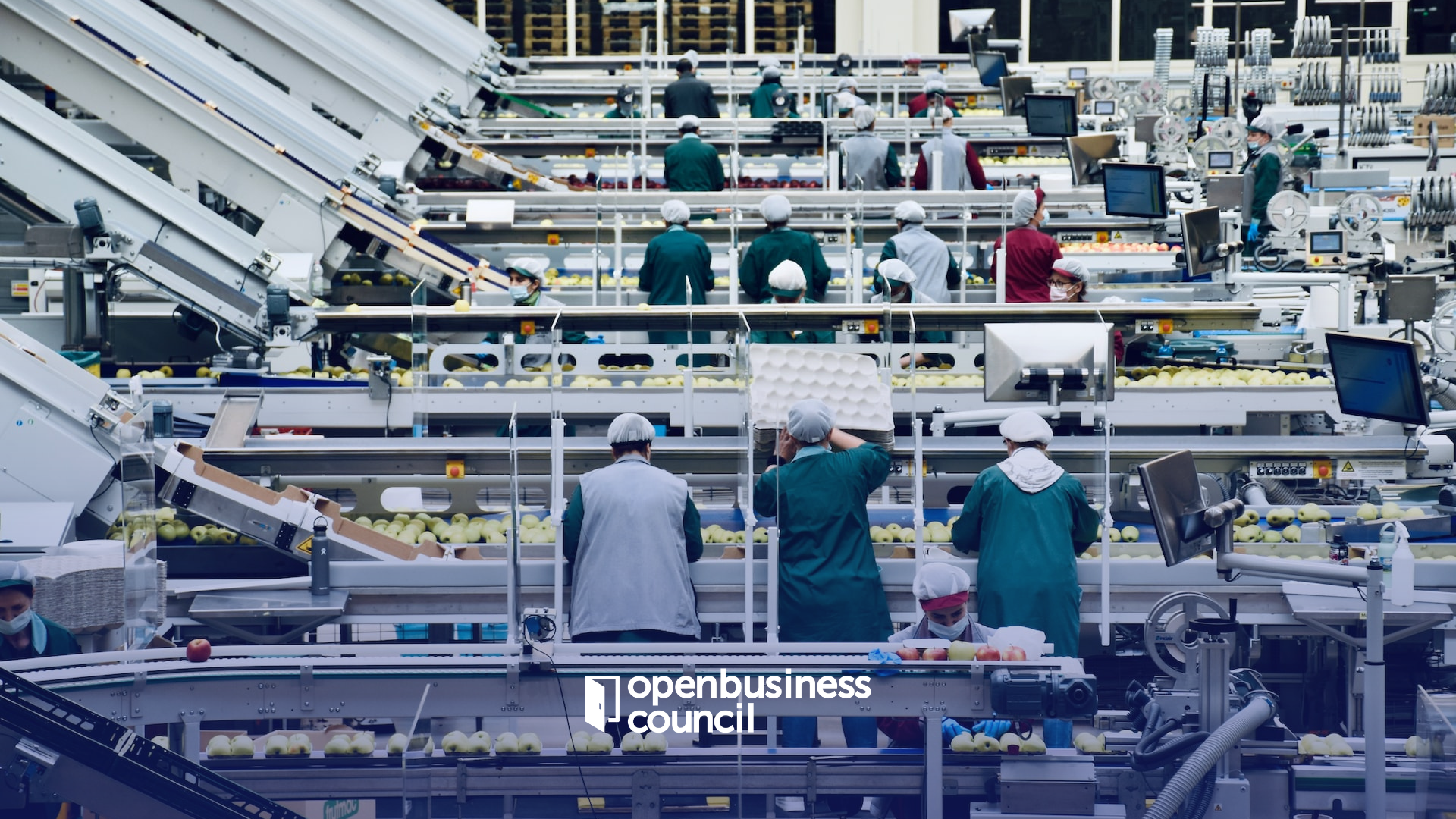business resources
Packaging Machines and Automation for Ready-to-Eat Meals Explained
29 Dec 2022, 10:22 am GMT
Packaging Machines and Automation for Ready-to-Eat Meals Explained.png
The ready-to-eat meal industry has experienced tremendous growth over the past decade, with consumers turning to pre-prepared meals as a convenient and affordable alternative to traditional home-cooked meals. While this has been a great boon for the food industry, it has created significant challenges in terms of how to package and automate the production of these meals in order to meet the demands of an ever-increasing population. This post will discuss the various packaging machines and automation systems that are being used to facilitate the manufacture of ready-to-eat meals and also the general benefits of packaging automation for the sector in general.
Why Use Automated Packaging Solutions?
Businesses in the food industry are increasingly turning to automated packaging solutions for these types of meals. They offer an efficient way to package and distribute meals, saving time and money. Meals can be prepared quickly for shipment using automated packaging machines, ensuring they arrive fresh and in perfect condition. Furthermore, the process is more hygienic, as no human contact is necessary during packaging. According to Eliter over at https://www.eliter-packaging.com/, there are three distinct types of packaging that automated systems can handle including:
• Cartoning: The process of packing meals in cartons.
• Overwrapping: This option includes packaging the meals in a thin layer of film to keep them fresh and sanitary.
• Cardboard sleeving: As the name suggests, this process involves placing teth final product inside a cardboard sleeve.
By using automatic packaging solutions, businesses can produce meals in large quantities, enabling them to meet the demands of their customers much more quickly.
Benefits Of Automation For Food Companies
Advanced machining and automation have revolutionized how food companies package their ready-to-eat meals, reducing costs and streamlining their packaging processes. Aside from ensuring that each package meets the necessary quality and safety standards, automation also allows food companies to report accurately and consistently package their products. As a result of automation, food companies can also reduce waste since machines can be programmed to package only the quantity of products required.
By automating, food companies can reduce the cost of packaging, as well as the cost of shipping. They can also customize packages according to customer preferences, such as special packaging for different portion sizes. Furthermore, automated machines can be programmed to detect potential contaminants and defects, ensuring food safety and quality.
The health and safety of food products are essential, making automation suitable for food companies. With a Food Safety Certification label on all packages, companies can assure customers that their products have been packaged in a clean and hygienic environment. Automated packaging machines make it easier to adhere to food safety regulations, as they are designed to maintain high levels of cleanliness and minimize potential contamination.

Types Of Packaging Machines Used
Three main types of packaging machines are used to automate the production of ready-to-eat meals. These include:
• Filling machines are used to fill containers with products and can be either manual, semi-automatic, or fully automatic.
• Sealing machines seal containers closed and can be either heat or cold sealers.
• Labeling machines apply labels to containers and can be either manual or automated. Each packaging machine is designed to meet specific production needs and produce high-quality results.
Improving Efficiency And Reducing Costs With Packaging Machines
Because automated packaging machines can handle various tasks, such as filling, sealing, labeling, and even product assembly, producers can save time and labor costs and reduce the risk of contamination. Automated packaging machines can also be programmed to package multiple products simultaneously, allowing for a more efficient and cost-effective production process. By investing in automatic packaging machines, producers can increase the speed and accuracy of their operations while also reducing costs and improving profitability.
Overall, the process of ready-to-eat packaging meals involves a variety of machines and automation. From the infeed of ingredients to the bagging of the final product, each step of the process requires automated systems to ensure the highest level of accuracy and efficiency. By utilizing the latest technology and automation, companies can ensure that their products are packaged quickly, safely, and cost-effectively.
Share this
Arthur Brown
Writer
A dad of 3 kids and a keen writer covering a range of topics such as Internet marketing, SEO and more! When not writing, he's found behind a drum kit.
previous
The Five Top Tech Predictions Every Business Needs To Watch In 2023
next
How Advanced And Emerging Technologies Shaping The Life In Smart Cities?